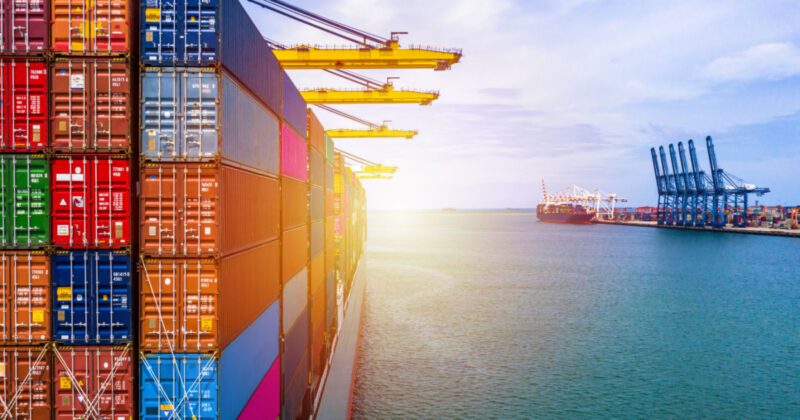未来几个月,对海运前景保持乐观但仍须谨慎

服务可靠性会受到什么影响?
港口拥堵水平的上升对于2023年的服务可靠性是不利的。然而,大多数分析师预计,由于提前装载货物以及从上一年开始需求趋于平稳,拥堵情况将得到缓解,船期可靠性将提高。
尽管船期可靠性呈上升趋势,但它的起点非常低。根据航运咨询公司Sea-Intelligence的“全球班轮表现”报告――该报告跟踪了60家集装箱航运公司的覆盖34条贸易航线的可靠性,去年11月的航班准时到达率只有56.6%。即便如此,这仍是自2020年8月以来航运公司的最佳月度表现,远高于2022年1月的30.4%。
地中海航运公司(MSC)目前已经取代马士基成为最大的航运公司,也超越马士基成为世界上最“准时”的航运公司,去年11月的船期可靠性为63.4%,而马士基为61.7%。他们是唯一一家超过60%的航运公司。四家航运公司的船期可靠性介于40%-50%之间,而Yang Ming的船期可靠性最低,为42.5%。
春节后会出现什么情况?
此外,春节后肯定会出现短期的船期中断。据报道,海运公司准备取消大约一半从亚洲到美国和北欧的已宣布航班。
这个策略是航运公司为阻止即期运费费率暴跌而采取的措施的一部分,因为波罗的海每日运价指数(FBX)从2021年9月的历史高点下跌了93%。事实上,它现在已恢复到2019年末新冠疫情引发的消费热潮开始之前的水平。
在2022年和2023年之交,合同价格远高于即期费率,但随着合同的续签或重新谈判,这个差距将得到弥补。
寻找削减运力的办法变得越来越紧迫。敦豪《2023年海运市场展望》报告指出,航运公司将大量利润用于新集装箱船,因此预计需求将持续低迷。
该报告强调,现有订单中约有750万个20英尺标准箱,预计明年将投放230万个20英尺标准箱的新增运力。“预计将实施进一步的运力控制措施,例如取消航次、减速航行、闲置、报废和延迟交付。
“低迷的消费者行为可能至少会影响到2023年上半年的需求,最早要到2023年下半年才有可能复苏,”敦豪全球货运亚太区首席执行官Kelvin Leung说道。
“我对客户的建议是尽量准确地进行预测,选择一个能够保证航运公司和运输模式灵活性的合作伙伴,并在发生中断时预留足够的交付时间。”
敦豪全球货运海运部全球主管Dominique von Orelli补充道,可能出现“航运公司格局重新洗牌的初步迹象,尽管这很可能不会在2023年发生”。
他补充道:“我同样预计,增加对可持续物流的关注将进一步推动决策。”




 简体中文
简体中文